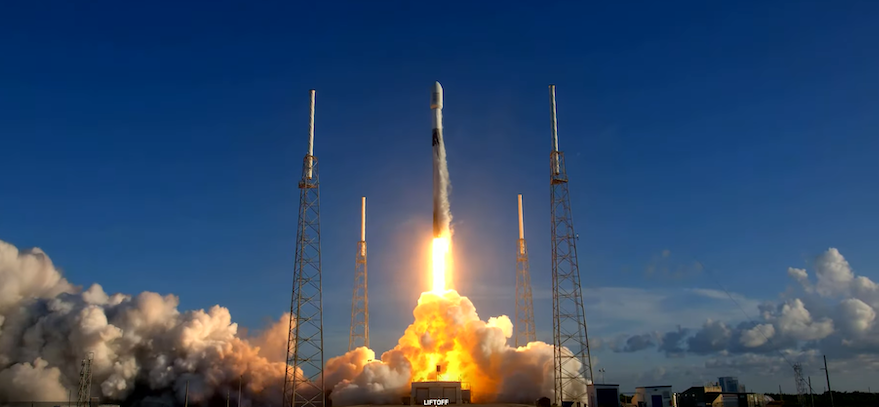
SEOUL, South Korea — South Korea’s first lunar orbiter has begun its voyage toward the moon on a mission critical to the country’s future space projects.
The 678-kilogram spacecraft, named Korea Pathfinder Lunar Orbiter (KPLO) or Danuri in Korean, launched on a SpaceX Falcon 9 rocket from Cape Canaveral Space Force Station’s Launch Complex 40 at 7:08 p.m. Eastern, Aug. 4.
The Danuri orbiter is carrying six scientific instruments, including a hypersensitive optical camera, ShadowCam, provided by NASA and a “space internet” demonstrator developed by South Korea’s Electronics and Telecommunications Research Institute, which will validate an interplanetary internet connection using delay-disruption tolerant networking.
The orbiter was working normally and traveling on a planned trajectory toward the moon, said the Korea Aerospace Research Institute (KARI), which controls the spacecraft. It is expected to enter the moon’s orbit in December before starting a year-long observation mission. If it succeeds, South Korea will become the world’s seventh lunar explorer, after the former Soviet Union, the U.S., China, India, the European Union and Japan.
The Falcon 9’s upper stage deployed its dedicated payload 40 minutes after liftoff. The rocket’s first stage made a pinpoint landing on the SpaceX droneship “Just Read the Instructions” nine minutes after liftoff. It was the sixth touchdown to date for the booster, SpaceX said.
The launch was scheduled for Aug. 2 but was delayed two days to allow time for SpaceX to complete additional work on the Falcon 9 rocket.
The orbiter, developed by KARI, unfurled its two solar panels shortly after the deployment and exchanged first signals with a NASA ground station in Canberra, Australia, about 45 minutes later, according to KARI. It will stay connected to the Earth around the clock through a network of four ground stations — Korea Deep Space Antenna in South Korea; NASA’s Canberra Deep Space Communication Complex in Australia; Madrid Deep Space Communications Complex in Spain; and Goldstone Deep Space Communications Complex in the United States.
South Korea President Yoon Suk-yeol hailed the successful launch, calling the spacecraft “pathfinder” that will give a boost to South Korea’s economy and scientific prowess. “Danuri has just begun its 130-day journey toward the moon,” Yoon wrote on Facebook. “I look forward to seeing images of the moon and BTS’s ‘Dynamite’ the Danuri will send (to Earth) at the end of the year. Go for it, Danuri!”
Dynamite is Korean pop star BTS’s mega-hit song, and the Korean orbiter will conduct a test of sending a file of its music video to the Earth from the lunar orbit in a “space internet” technology.

You must be logged in to post a comment.